Real power flow (Watts) is dominantly controlled by angular differences, flowing from leading angles toward lagging as you surmised. This assumes a system where all bus voltages are reasonably near 1 p.u. and relatively small angles. Likewise, reactive power (var) is dominantly controlled by voltage magnitudes, flowing from higher voltage toward lower.
Start reading at section 2.4 here about decoupled load flow for details.

Referring to the circuit above (with \$X=X_G+X_S\$) the power flow equations are,
$$P = \frac{EVsin\theta}{X}$$
$$Q = \frac{E^2-EVcos\theta}{X}$$
So, looking at \$P\$ we can see that in a system where the bus voltages are near 1 p.u. varying the angle \$\theta\$ will control real power flow.
Looking at \$Q\$ we can see that for normal angular differences (few degrees) between buses the reactive power flow is controlled by varying the bus voltages.

